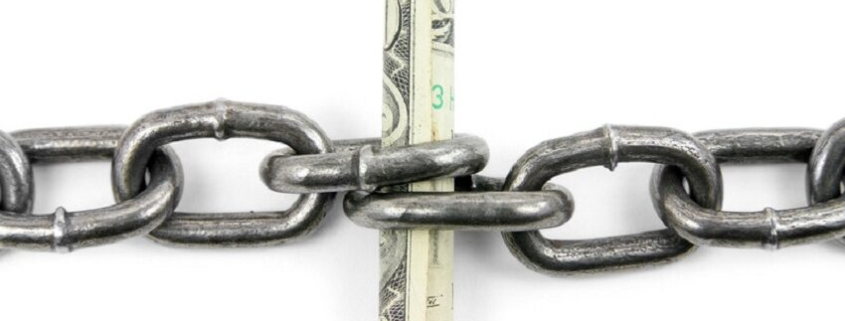Newmark Arranges Disposition Of 15-MOB Portfolio Across Seven High-Growth Sunbelt States And Facilitates Acquisition Financing For The Assets
Newmark announed it has facilitated the sale of the Southern Core Medical Office Portfolio, a 15-building, approximately 400,000-square-foot medical office building portfolio located across seven Sunbelt states.
Newmark Executive Managing Director Ben Appel, Senior Managing Directors Jay Miele and Michael Greeley and Managing Director John Nero of Newmark’s Healthcare Capital Markets Group represented the seller, Montecito Medical, and advised the buyer, KKR Real Estate Select Trust Inc. (KREST) on debt financing which was provided by BMO Harris Healthcare Real Estate Finance.
“This acquisition provides instant scale across high-growth Sunbelt markets, making it an attractive first investment in core healthcare real estate assets for KREST,” said Appel. “With Montecito Medical retaining its interest in and operational responsibility for the portfolio, this investment is able to provide long-term, stable income for its new ownership while aligning with Montecito Medical’s operational expertise in the healthcare sector.”
The portfolio comprises 15 outpatient medical office buildings and ambulatory surgery centers located across the southern United States in growth submarkets within Arkansas, Florida, Georgia, North Carolina, Tennessee, Texas and South Carolina. The portfolio is over 99% leased to a mix of leading investment-grade health systems and specialist medical groups in practice areas including gastroenterology, nephrology, orthopedics, ophthalmology and urology.
Newmark’s Healthcare Capital Markets group worked in partnership with the firm’s Debt and Structured Finance practice to arrange portfolio financing for the acquirer.
“We appreciate the opportunity to support KREST on this important portfolio financing, which was well received by the lender market given the portfolio’s attractive investment fundamentals and quality provider tenancy,” said John Nero, Managing Director.
Source: HREI




